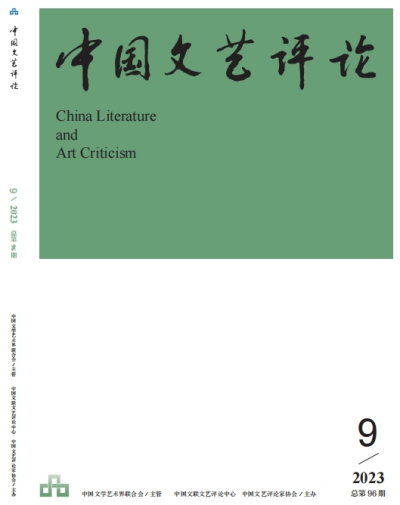
Topical Design: Aesthetics & Great Fine Art
■ Fine Arts, or Art?: Out of the Thorny Jungle of Words(PP. 4-14)LI Xinfeng
Abstract: Under the background of the remarkable development of art theory and its new stage of development, the terminology of the theoretical disciplines of art studies compiled and validated under the guidance of the National Art Terminology Validation Committee is very necessary and urgent for the standardization of conceptual terminology of art disciplines and the enhancement of the construction of discourse in art studies. Because this work is important, complicated and difficult, unsuitable for quick completion, the academic community needs to systematically and deeply distinguish and sort out the basic concepts and terms of this discipline, especially some of the core and key concepts and terminology, and then carry out the compilation, examination and publication of art theory terminology after achieving more significant results. Only in this way can we really standardize the use of relevant terms and terminology. In this article, a pair of core and key concepts frequently used in art theory, namely, fine arts and art, are sorted out and analyzed, in an attempt to get out of the thorny jungle of words, and to make their ambiguous connotations and extensions in different contexts and uses of language limpid and clear.
Keywords: academic terms, Art theory, Fine Arts, Art
■ The Transformation of Contemporary Art Form and the Orientation of Aesthetics(PP. 15-25)HUANG Zongxian
Abstract: The form of art is never fixed, but always modifies its appearance or even undergoes subversive changes with the transformation of society and the emergence of new technologies and media. Particularly in recent times, the development of artificial intelligence and advancement of new media technologies have made tremendous impacts on the way art is created, expressed, disseminated and received. When infusing technology into society structure, we can see that art has gained more opportunities for innovative sensory forms and the possibility of seeking diverse values and expanding discursive space. However, under the circumstances of discourse hegemony of technological rationality and means, it is undeniable that contemporary art has undergone a multidimensional shifts and arisen some phenomena worthy of reflection in artistic creation. This article aims to examine the driving forces and mechanisms behind the shift in contemporary art, starting from the relationship between social transformation and artistic turn. It explores the characteristics of contemporary art in terms of media and space, and investigates the expansion and expression of contemporary art forms. Based on this, it critically reflects on the phenomena of the landscaping of contemporary art and the hollowing-out of aesthetics, and proposes thoughts on how to reshape the aesthetic character of Chinese contemporary art at present.
Keywords: social transformation, contemporary art, morphological turn, landscaping, aesthetic character
■ Seeking a Historical View of Fine Arts with Traditional Relationship(PP. 26-36)XIA Yanjing
Abstract: The viewpoint with practical value emerging in the current research of art history is based on the core theory of traditional Chinese art history as the construction theme, integrating "cultural consciousness" and "cultural confidence" into the entire research of art history, offering a clearer academic interpretation of its connotation, and providing strong ideological support and spiritual motivation for the development of socialist culture with Chinese characteristics in the new era. Its specific research measures mainly focus on deeply exploring the value of traditional culture, promoting the integration of traditional aesthetics and classical literary theory between China and the West, communicating with the field of traditional art history, and completing the modernity transformation of promoting the excellent traditional cultural roots of China. This article further elaborates on the cultural characteristics of traditional Chinese art history through the themes of "poetry expressing aspirations", "neutralization view", and "observing objects and taking images", promoting the study of Chinese art history to move toward the world with a new posture.
Keywords: traditional Chinese art history, historical view and core theory, poetry expressing aspirations, neutralization view, imagery and artistic conception
Critical Analyses of Works
■ On the Neo-Confucian Factors in the Development of "Yi-xiang" (Imagery) Theory in the Song Dynasty(PP. 37-51)JIAN Shengyu
Abstract: In the development of traditional Chinese "Yi-xiang" theory, the key role played by Li-xue (Neo-Confucianism) is that it gradually built up a set of theoretical systems that expounded the fundamental propositions of "the unity of heaven and man" and "all-things-connected". The proposition of order of "Life in the Universe", on which the traditional Chinese "Yi-xiang" theory is based, also laid a solid foundation during this period. Li-xue (Neo-Confucianism) promotes the secularization of the concept of cosmic nature in Chinese culture, affirms the value and meaning of individual life, and promotes the rationalization and systematization of literary criticism as a whole. It constructs a philosophical basis for the theory of "Yi-xiang", thus giving the concept of "Yi-xiang" a connotation of "qi-xiang" and injecting the core idea of "Li-qu" into the Chinese aesthetic concept. The traditional aesthetics of "Yi-xiang", which emphasizes the unity of reason and emotion, was thus formed.
Keywords: Song Dynasty, yi-xiang, li-xue (Neo-Confucianism), li-qu, "tian-ren-he-yi" (unity of heaven and man), qi-xiang
■ "Poetry Has No Hiding Will, and Music Has No Hiding Emotion":On the Relationship between Emotion and the Ethics of Rites and Music in the Pre-Qin Dynasty (PP. 52-67)HUANG He
Abstract: "Poetry has no hiding will, and music has no hiding emotion" in the bamboo slips of Confucius' Review on Poetry on display in Shanghai Museum reveals the intrinsic dimension of Confucian ethics of rites and music based on the rise of "emotion", which involves the relationship between poetry, rites and music, the combination of physical technical operation and conceptual technical exercise, and the multi-level development of comprehensive sensory exercise. It is thus based on the original emotion of natural conscience, including the idea "poetry has no hiding will" of the gentleman to confirm the natural conscience in the creative activities and the idea "music has no hiding emotion" of the physical technology exercise to realize the original emotion. It focuses on "poetry education" and "music education". The attached importance to the "emotional timing intuition" and "feeling synthesis" in the restraint of rites, including the honesty and integrity of poetry, the harmony and the kindness and beauty of music, are linked by "rites education". It emphasizes the development of individual conscience to the benefit of social function, which also implies the tendency of instrumentalization and non-emotion of rites and music. The "turning inward and being sincere" based on "emotion" is the clue of the Confucian ethics of "rites and music". It manifests as the concrete development of the meaning of honesty in the text of rites and music, and evokes and protects people's inner quality of honesty.
Keywords: Confucius' Review on Poetry, poetry has no hiding will, music has no hiding emotion, the ethics of rites and music, emotional timing intuition, feeling synthesis
■ Aesthetic Intelligence: What and How(PP. 68-82)MA Zeboer
Abstract: Aesthetic intelligence is a unique part of human intelligence system. It is an ability structure that can perceive, understand and create aesthetic objects, mainly embodied in the human's coding-decoding of the symbols of the aesthetic objects. Aesthetic intelligence is the basis of the aesthetic experience, whose construction and development determines the level of the human's reception and creation of the aesthetic objects. Aesthetic intelligence has two modes of operation: one is to use the existing schema to organize, guide and complete the aesthetic cognition and sensual experience, and the other is that the new information and experience will update the original schema, so the aesthetic intelligence is developmental and cons"top-down" and "bottom-up" paradigms that have long been in existence in China's aesthetic education research.
Keywords: aesthetic intelligence, aesthetic education, arts education, schema
Random Thoughts on Art
■ Network Literature and Art as "Digital Industrialization of Forgetting":The Reconstruction Based on Bernard Stiegler's Concept of "Industrialization of Memory"(PP. 83-94)YANG Guang
Abstract: With the help of Bernard Stiegler's thinking about "Industrialization of Memory", the complicated relationship between "forgetting" as the opposite of "memory" and technology can be found. In the philosophical, perceptual and sociological sense, the interception of perceived technology and collective invisibility of technological society and technology, in the aspects of self-concealment of technology, presents various traces related to "forgetting". The concept of "Industrialization of Forgetting" which coexists with "Industrialization of Memory" also has its realistic meaning, that is, the secret mechanism of producing "forgetting objects" in "cultural industry". Some new phenomena of consumption, production and interaction of network literature and art, such as skipping reading, making fragments and foreshadowing, and making meme and bullet screen comments, can be regarded as the operating mechanism of "digital industrialization of forgetting". It shows that the "interface" of digital technology and the "platform" of commercial capital are exerting their effects through the "forgetting mechanism”, and the digital "forgetting" is constantly reproduced in the state of laxity, recursive cycle and repressed cover. Reflecting on the role of "forgetting" in digital technology environment and network literary activities points to the humanistic concern about the value of digital subject at present.
Keywords: network literature and art, industrialization of forgetting, Bernard Stiegler, digital technology
■ The Aesthetic Turn, Knowledge Archaeology and Return to the Mainstream:On Several Different "Facial Features" of Ancient Chinese Costume Dramas(PP. 95-102)YIN Zhaojiu
Abstract: Compared with before, the current costume drama presents a lot of different "faces". In the aesthetic exploration, there is the tendency from drama aesthetics to documentary aesthetics, life aesthetics, and the "Chinese-style" aesthetics. In the cultural representation, there is a change through the archaeology of ancient knowledge, into the modern consciousness and historical imagination. In the value transmission, there is a return to the mainstream value, but there are also many problems of guidance. On the whole, the present costume drama is quite successful, which is the inevitable result of promoting the creative transformation and development of traditional Chinese culture. It reflects the creator's consciousness in aesthetics and confidence in culture.
Keywords: costume drama, aesthetic turn, knowledge archaeology, return to the mainstream
■ Rethinking "Body": Expansion of Research Methods of Chinese Ethnic-Folk Dance(PP. 103-112)XU Mo-zi
Abstract: The existing research on Chinese ethnic and folk dance mostly adopts a cultural holistic perspective, focusing on the interactive relationship between dance, environment, and people from the surface to the inside for cultural interpretation. On this basis, as the main artistic carrier for the creation of Chinese ethnic and folk dance, "body" has rich significance and connotation in the context of ethnic and folk dance. It is necessary to pay more attention to its media, autonomy, and diversity issues. Image anthropology approaches from a humanistic perspective, emphasizing the significance and independence of the media itself, and placing the concept of body at its theoretical center, which can provide a path reference for the study of this issue. After incorporating the theoretical paradigm of the "three bodies" in image anthropology into the examination of examples of ethnic and folk dance creation, it can be found that as a living inheritance of ethnic culture, Chinese ethnic and folk dance can only maintain its authenticity in the transformation of its original form and artistic form by grasping the purification and continuation of body culture genes in collective tradition.
Keywords: Chinese ethnic-folk dance, image anthropology, body, ethnic culture
Interview with Renowned Experts
■ Being a Thinker: An Interview with Aesthetician DENG Xiaomang (PP. 113-124)Interviewed by WANG Hailong
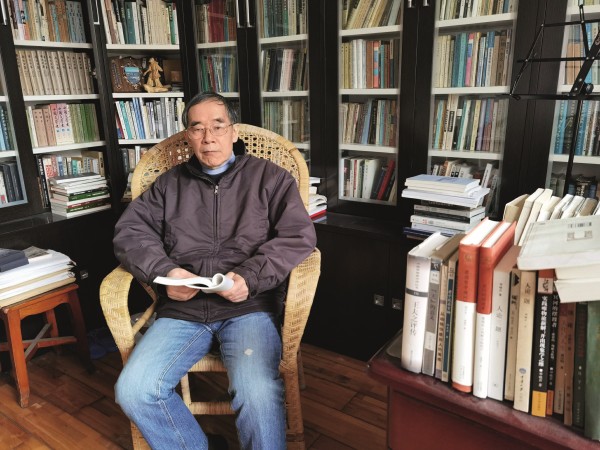
Inside Front Cover
Chinese Literary Critics: YIN Li
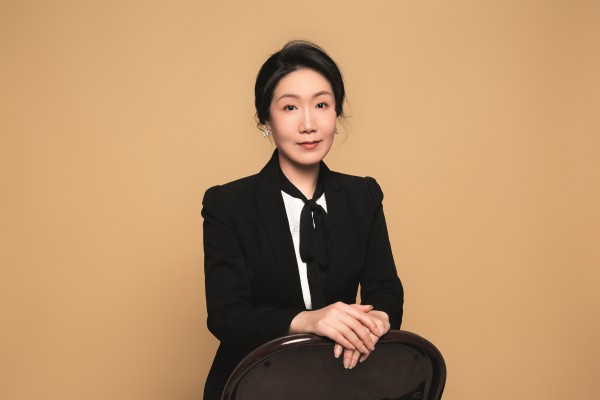
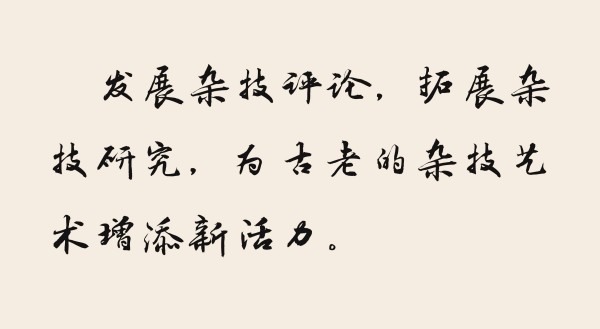
Inside Back Cover
Review of the Second Batch of bases of Chinese Literary and Art Criticism:The base of China Literary and Art Criticism (Beijing Normal University)
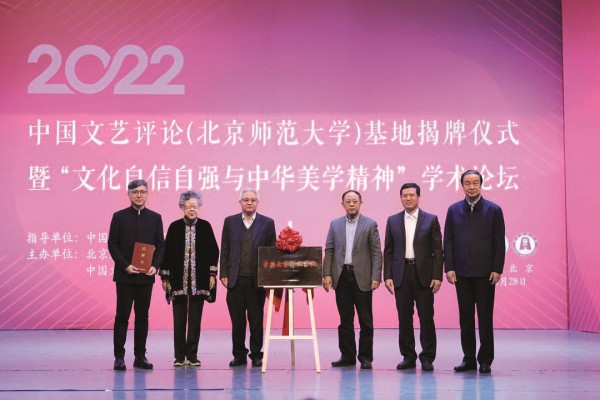
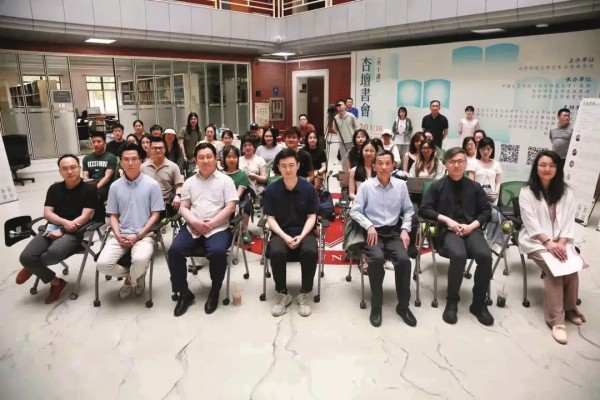
Back Cover
The Introduction to the Excellent Works in the Seventh "Woodpecker Cup" of Chinese Literature and Art Criticism: Ancient Chinese Sensory Aesthetics
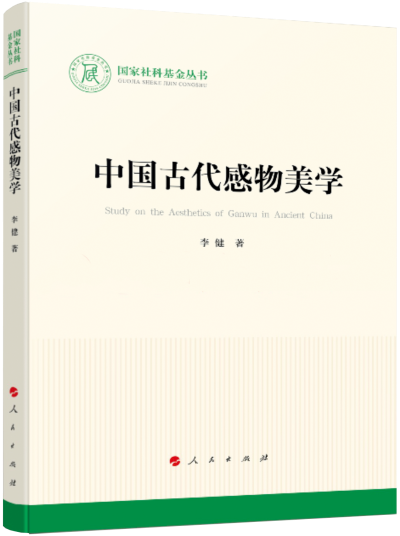
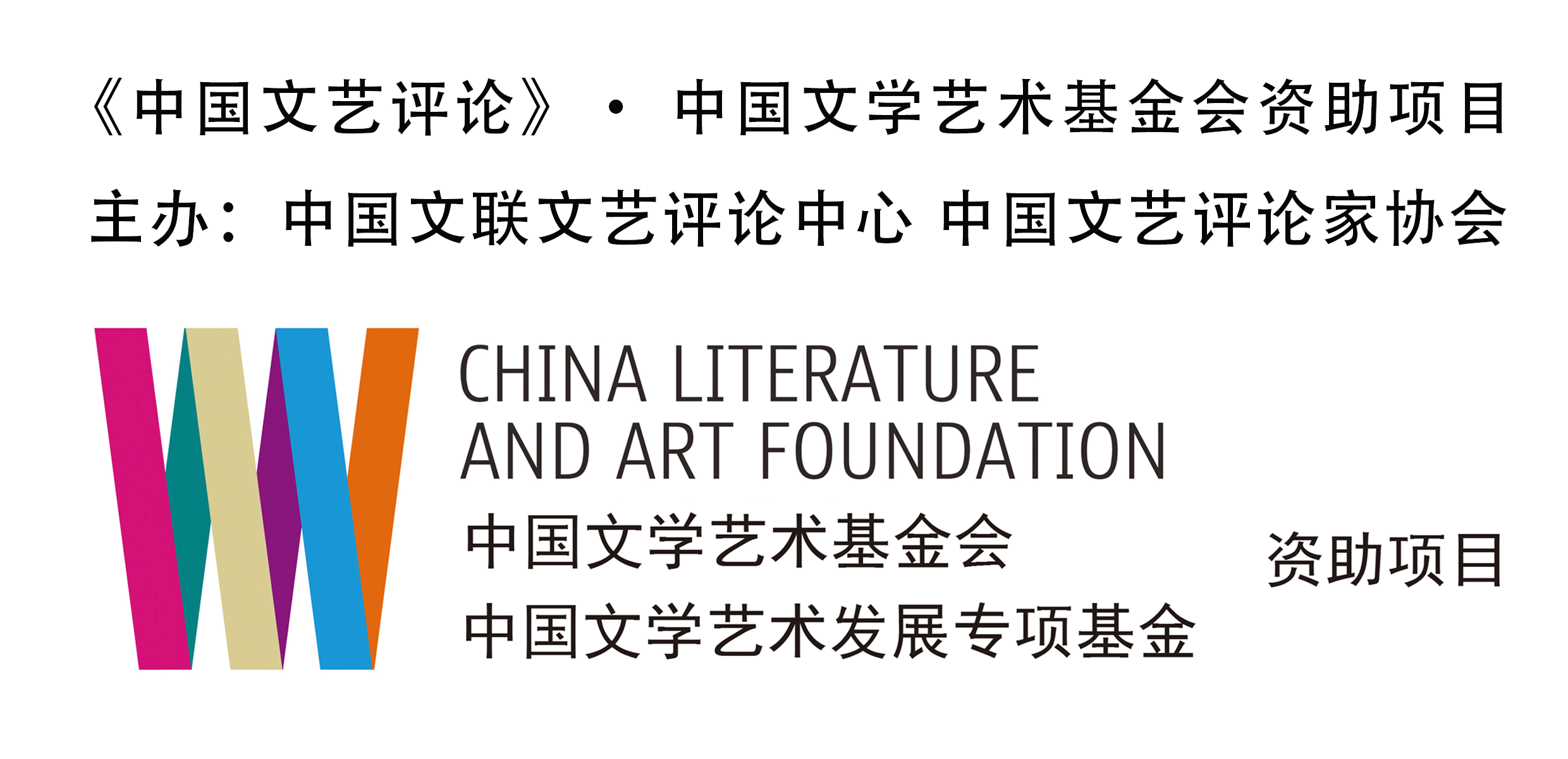

中国文艺评论网

“中国文艺评论”微信公号

“中国文艺评论”视频号